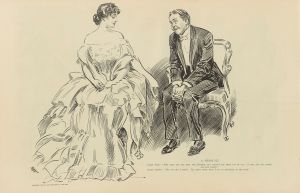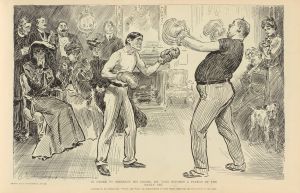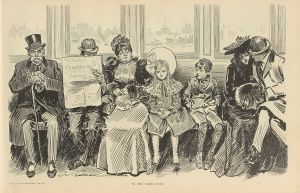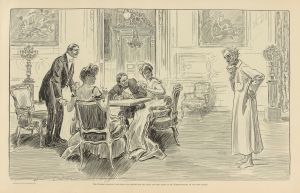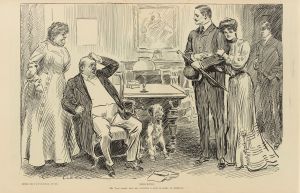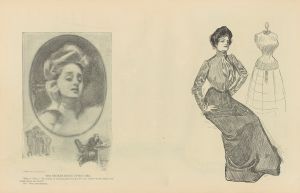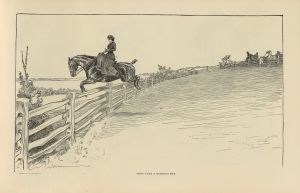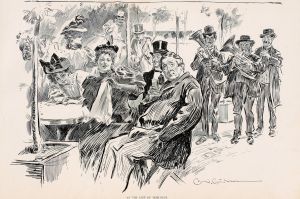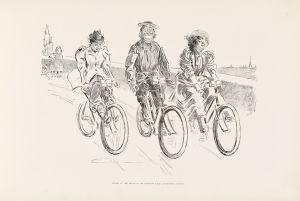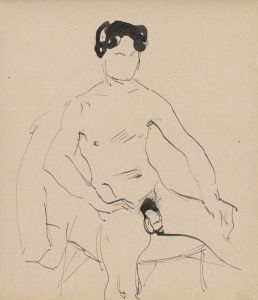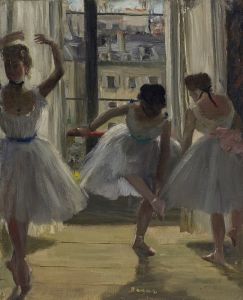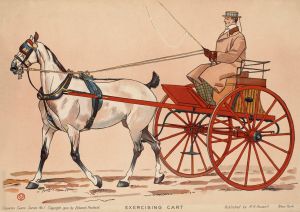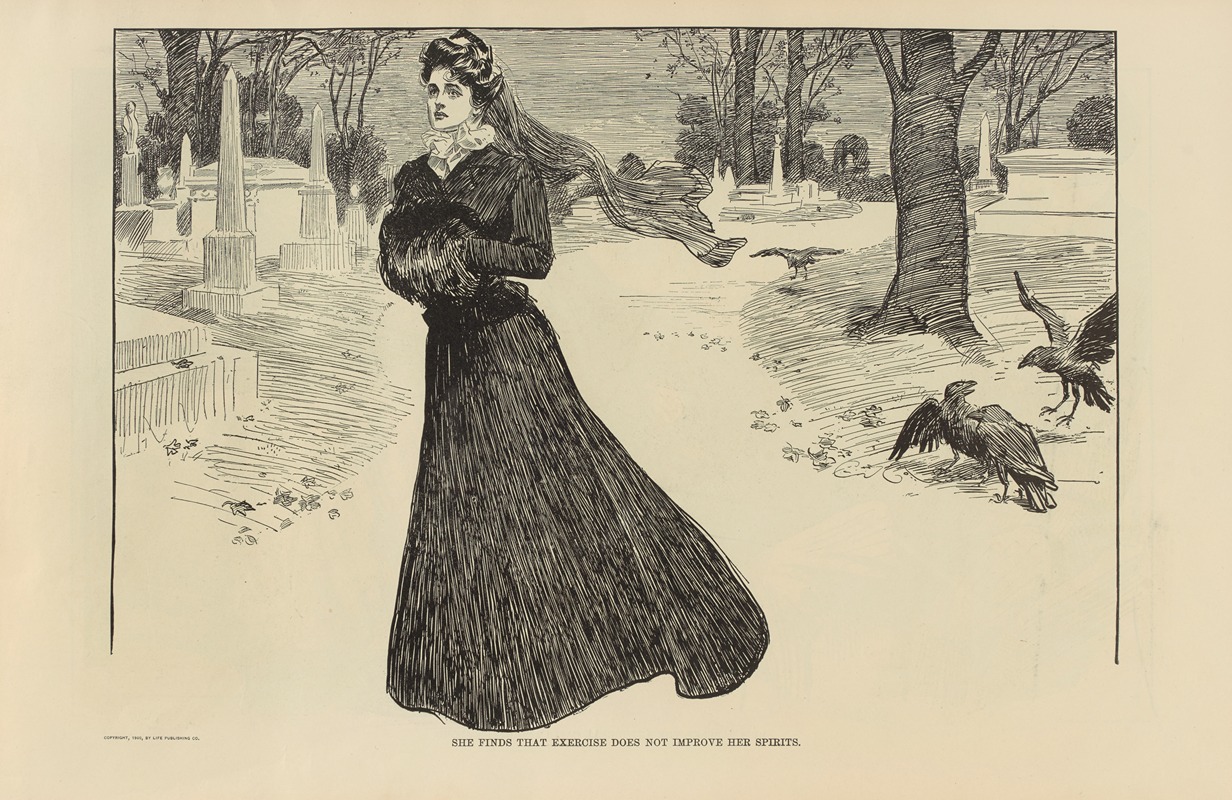
She finds that exercise does not improve her spirits
A hand-painted replica of Charles Dana Gibson’s masterpiece She finds that exercise does not improve her spirits, meticulously crafted by professional artists to capture the true essence of the original. Each piece is created with museum-quality canvas and rare mineral pigments, carefully painted by experienced artists with delicate brushstrokes and rich, layered colors to perfectly recreate the texture of the original artwork. Unlike machine-printed reproductions, this hand-painted version brings the painting to life, infused with the artist’s emotions and skill in every stroke. Whether for personal collection or home decoration, it instantly elevates the artistic atmosphere of any space.
Charles Dana Gibson was an influential American illustrator best known for his creation of the "Gibson Girl," an iconic representation of the American woman at the turn of the 20th century. His illustrations captured the spirit of the age and were widely published in magazines such as Life, Harper's Weekly, and Scribner's. One of his notable works is the drawing titled "She finds that exercise does not improve her spirits."
This illustration is a classic example of Gibson's ability to blend humor with social commentary. The drawing depicts a young woman, presumably a "Gibson Girl," who appears to be disheartened despite engaging in physical exercise. The scene is set in a gym or exercise room, where the woman is surrounded by various pieces of exercise equipment. Her expression and posture suggest that, contrary to popular belief, physical exercise has not lifted her mood or spirits.
Gibson's work often reflected the societal norms and expectations of women during the late 19th and early 20th centuries. The "Gibson Girl" was characterized by her beauty, independence, and confidence, yet she was also a product of her time, navigating the constraints and expectations placed upon women. In "She finds that exercise does not improve her spirits," Gibson may be subtly critiquing the notion that physical activity alone can lead to happiness or fulfillment, especially for women who were often expected to maintain a certain appearance and demeanor.
The humor in the illustration is typical of Gibson's style, which often used irony and wit to comment on social issues. By portraying a woman who remains unsatisfied despite following the prescribed activity for well-being, Gibson invites viewers to question the simplistic solutions offered by society for complex emotional and psychological needs.
Gibson's illustrations were not only popular in his time but have also endured as cultural artifacts that provide insight into the gender dynamics and social attitudes of the early 20th century. His work, including "She finds that exercise does not improve her spirits," continues to be studied for its artistic merit and its commentary on the roles and perceptions of women in society.
Overall, this illustration is a testament to Charles Dana Gibson's skill as an artist and his keen observation of the social fabric of his era. Through his work, he captured the complexities of human emotion and the often contradictory nature of societal expectations, making his illustrations both entertaining and thought-provoking.





